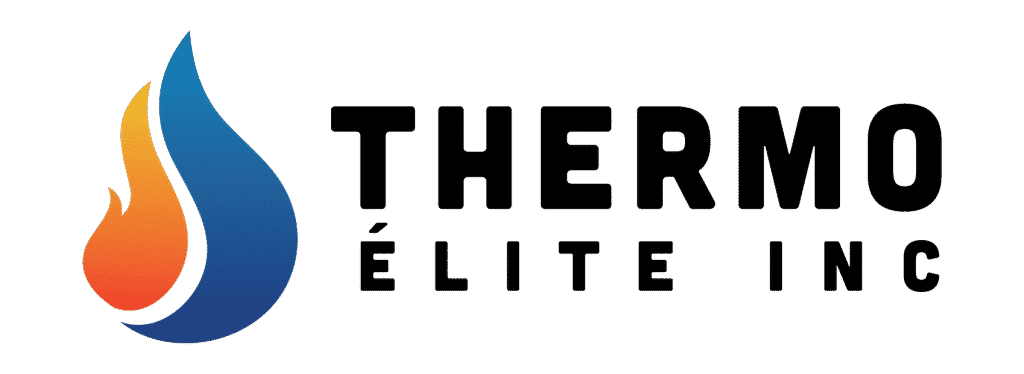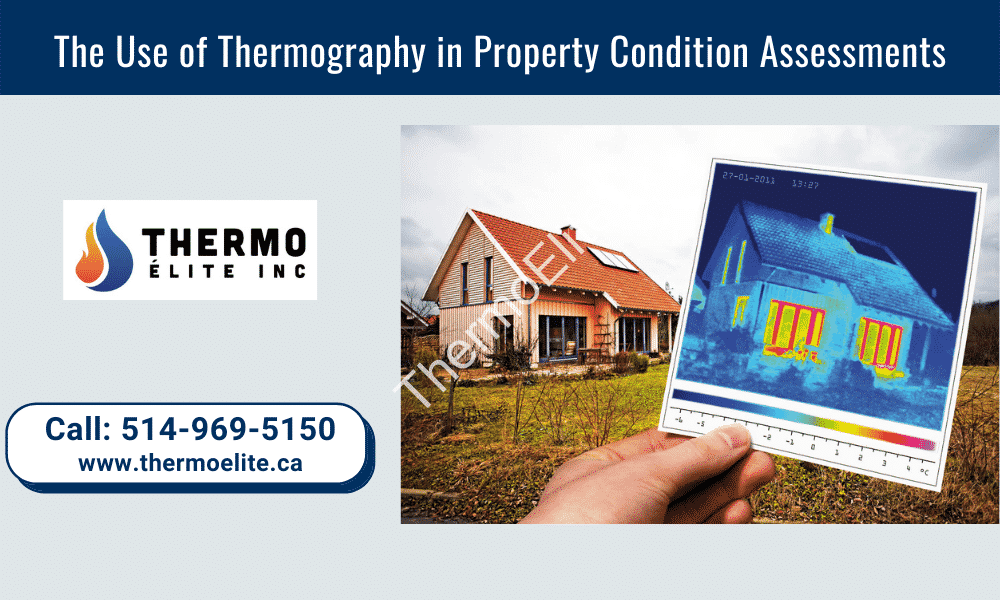Before you buy a property, the very basic method of gauging its condition is referred to as Property Condition Assessment or PCA. PCA providers realize how crucial their advice is. It’s their advice that makes buyers decide whether they should go ahead with the purchase or not. The experience and knowledge of many professionals are put to use to create a summary of the property under consideration.
Of these professionals, one team is that of thermographers. While they may not be scholars in the science of studying buildings, they do possess a skill that’s very useful in identifying the defects in a building- the skill of reading infrared imagery. Read on as we bring you more on this.
Thermography and Property Condition Assessments
Putting a thermographer on the job is a very wise decision to take. Why is that? It’s because thermographers can detect problems in properties at an early stage so that timely repairs can be arranged. The most significant use of thermography in building inspections is the detection of water hidden within substrates. It’s this trapped water that can cause serious damage to the property if you fail to detect it on time and carry out essential repairs. Not just ensuring early detection, thermography is also useful in carrying out investigations on a building’s condition on a real-time basis.
What is Property Condition Assessment?
To put it simply, the property condition report is an analysis of a building’s condition- a thorough building inspection. Such an inspection suggests improvements in all the systems of the building made by experts working within the property. A request for PCA is made by lenders, buyers, or investors during the process of taking due diligence. Such assessments involve a whole team of construction and real estate professionals who join hands to assess a building that is being sold. The use of thermography is highly effective in Property Condition Assessments. Thermography gives property buyers a whole new perspective by helping them see the “unseen” in cavities within the walls or the roof.
A professional thermographer, therefore, gives the buyer a much more insightful look into the property’s overall condition through the prism of an infrared camera. A qualified and experienced thermographer comes up with a thorough property condition assessment report whose goal is to identify:
- Delayed maintenance
- The total cost of replacing damaged systems
- Systematic damages
- A list for repairs
- If there’s proper consistency between the building’s original design intent and the actual design
The Role of Thermography in Property Condition Assessment
Thermography, firstly, helps you see anomalies that human eyes fail to spot. These anomalies are:
- Water leakages in the walls
- Plumbing leaks
- Leakages in the roof
- Any faults in the electrical system
While investigating a property, the infrared camera is used to scan the building thoroughly, both the interiors and the exteriors. This is when the intention is to identify the anomalies. Once an anomaly is identified, it’s the job of the consultant to engage specialists to carry out a thorough diagnosis and remove the anomaly. The use of thermal imaging is therefore highly beneficial for lenders, buyers, and consultants as well.
The Need for a Professional Infrared Thermographer
By appointing a professional infrared thermographer, you meet a very basic requirement of carrying out a thorough property condition assessment. It’s usually the unseen anomalies in a property that cause the maximum headache to a buyer. A professional thermographer is conscious of this and provides you with relevant information that helps you buy a sound property and guides you all along the process. Thermography has three levels, levels 1, 2, and 3.
There are a lot many differences in opinion regarding the qualifications needed for each level of certification. It’s best for those looking to buy a property to appoint a Level 3 professional as he would be the most qualified and most capable of preparing useful reports with the images and data provided by the infrared camera. You can be sanguine in the belief that that the one you have chosen does a good job in locating anomalies in the building that may affect the building’s condition. He works in tandem with other professionals to suggest where repairs are necessary so that when you buy the property, it’s in perfect condition.
Protecting the Client with Thermography
Any property might appear to be perfect. However, there may be anomalies in it and the client must get to know about them. Many defects in a building are invisible to the naked eye. This is where a thermographer comes in. Using an infrared camera, a thermographer helps the client locate defects in a building that need to be repaired before the purchase is made. A thermographer is aware of the methods of infrared inspection and their use in property assessment.
The thermographer’s job is to forewarn the buyer about any defects that the property under consideration may have. There may be faults in the electrical systems, the insulation, or the roof, which may have leakages. Any leakage causes a difference in surface temperatures in the faulty equipment. Infrared cameras are capable of locating these leakages by detecting the temperature differences. The thermographer then prepares a comprehensive report with infrared and digital images of the faults to suggest where repairs are needed thereby ensuring that the client buys a perfect property.
Conclusion
Thermal imagers are highly capable of detecting heat loss, damaged heating or cooling systems, moisture or leaks, and electrical hazards. Defects in all of these cause temperature differences that a thermal imager can detect cautioning anyone buying a property about repairs the property needs. The uses of thermography in property inspection are therefore many. A professional and well-qualified thermal inspection expert help property buyers with well-prepared reports about anomalies in a property that need attention. Thermography is therefore a very effective tool in creating comprehensive property condition assessments that help buyers make informed decisions while considering a property.



Add Comment